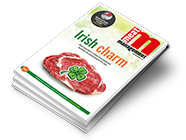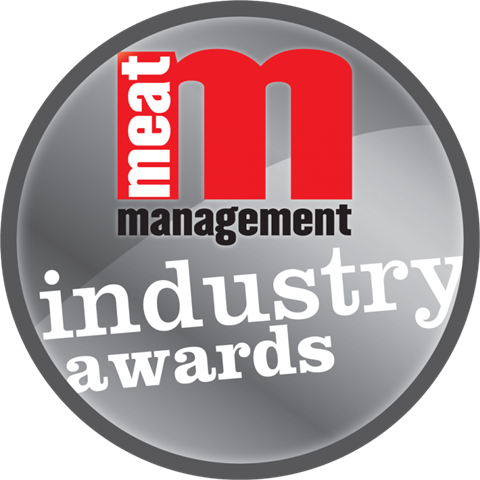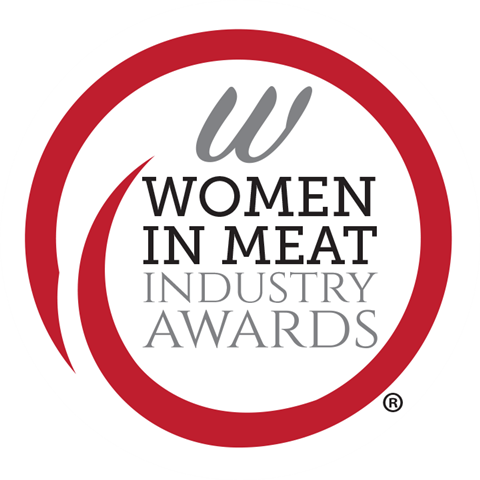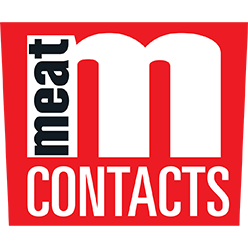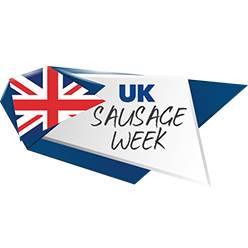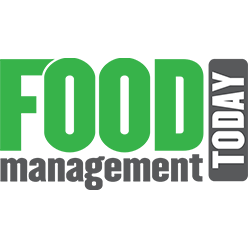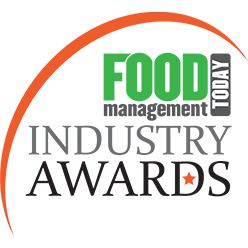Consumers rely on eco-labels to make informed decisions about the food they buy, but without an agreed framework to govern standards, they are just as likely to misinform as they are to provide clarity, argues the BMPA’s Lucas Daglish.
I previously wrote about eco-labelling in April 2023, and flagged the need for a mandatory methodology framework for data collection and reporting as the key to delivering effective eco-labelling for consumers. Two years on, where are we?
Since my last review, a proliferation of food eco-labels means that on some retail packaging and menus a form of eco-label is being used to communicate the environmental impact of food production, yet these labels currently seem to focus on delivering net zero and remain largely unregulated. Without common standards and minimum operating criteria, there is considerable risk of misinformation, as eco-labels have the potential to exaggerate environmental benefits or, conversely, underplay negative impacts, leading to consumer confusion, accusations of ‘greenwashing’ and misplaced trust.
Recognising these shortcomings, the Consortium for Labelling for the Environment, Animal welfare and Regenerative farming (CLEAR) commissioned an independent review to assess the methodologies employed by food eco-labelling schemes across the UK and the EU.
With more than 40 businesses and not-for-profit organisations backing the initiative, the goal was to provide insights into the food industry’s strengths and weaknesses, ensuring that ecolabels serve as effective tools for transparency and sustainability, and creating a future in which consumers and institutions are equipped with accurate information to drive sustainable food system changes.
The review, published at the end of March, examined current and proposed eco-labelling schemes, and categorised them into two main groups:
- Eco-Rating Schemes: these schemes assign environmental impact scores using top-down Life Cycle Assessment (LCA) scoring and typically use secondary data.
- Farm Assurance Schemes: these focus on the whole farm assurance approach, adopting a bottom-up methodology, gathering primary data from farmers.
CLEAR’s findings revealed several critical weaknesses in the existing eco-labelling schemes. It found that the Eco-Rating Schemes relied heavily on modelled data rather than actual farm-level data, they failed to account for significant environmental impacts such as biodiversity, soil health and water quality, and struggled with communicating multiple environmental impacts clearly and concisely to consumers.
The Farm Assurance Schemes provided information based on farm production standards, using primary data supplemented by independent verification. They typically covered a broader range of environmental impacts, including soil health, chemical pollution and water quality, but focused on certifying farming practices rather than verifying actual environmental outcomes.

The review concluded that existing eco-labels are not yet fit for purpose, and to fulfil their primary objectives of enhancing accountability, supporting agricultural transition and helping meet national environmental targets, several changes are necessary.
There needs to be a redesign to adopt a hybrid approach that integrates the strengths of both types of eco-labelling schemes. This should drive environmental improvements alongside enhanced data collection methodologies, utilising new technologies and farm-gate data to establish benchmarks and targets aligned with national sustainability goals.
To ensure validity, there should be improved farm-level environmental performance data and supply-chain transparency, adopting a more holistic approach that incorporates socioeconomic factors alongside environmental metrics to provide clear, accurate and relevant information to consumers.
And to improve integrity, eco-label methodologies must become more transparent to make them accessible and understandable to all stakeholders. They should establish equitable data governance, empowering farmers to participate in data collection and decision-making through the introduction of rigorous checks and balances to uphold their credibility.
Eco-labels have the potential to be powerful tools for promoting sustainability in the food industry, but they must be reformed to ensure transparency, accuracy and effectiveness. By addressing the shortcomings identified in the CLEAR review and implementing a more robust, science-based approach, the UK can lead the way in creating eco-labelling standards that truly serve the interests of consumers, farmers and the environment. The future of eco-labelling must be built on trust, accountability, and a commitment to meaningful environmental progress.
To read the CLEAR report in full, go to clearfoodlabeluk.org/ecolabelreview.

